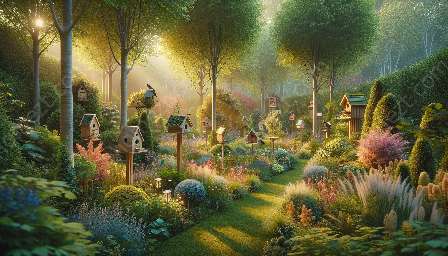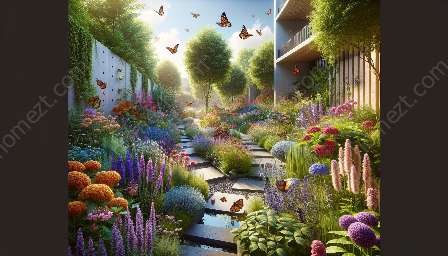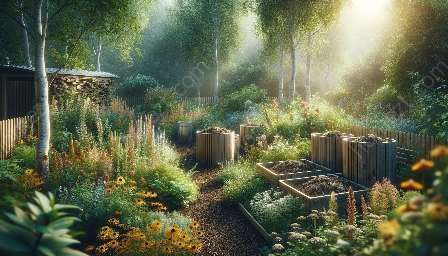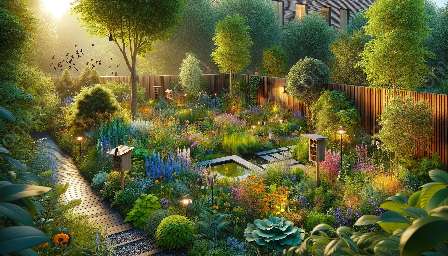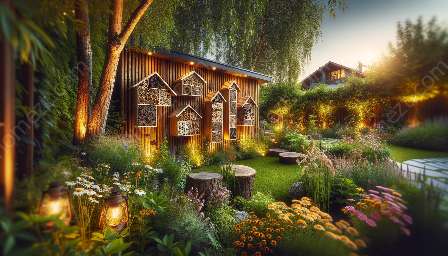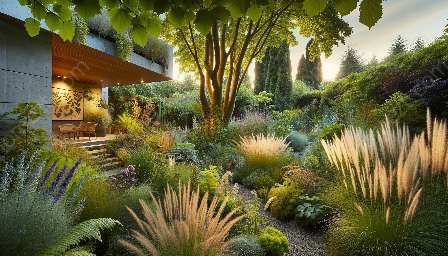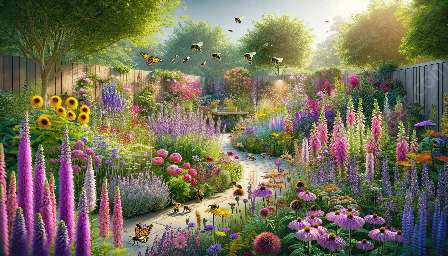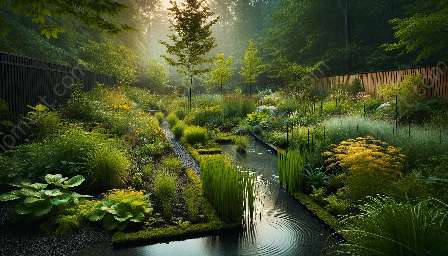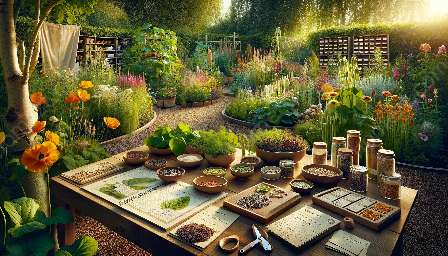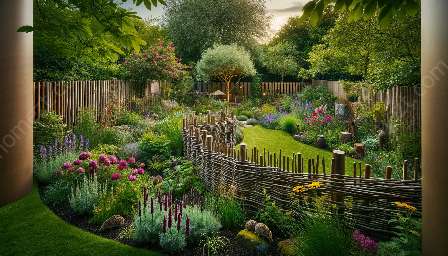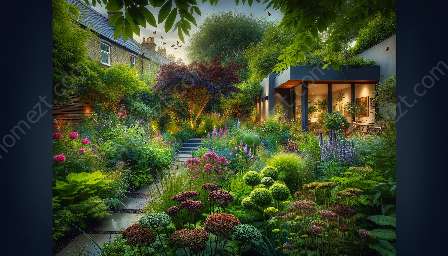With the growing interest in wildlife gardening and landscaping, creating insect hotels has become a popular and attractive way to support biodiversity and ecosystem health. In this comprehensive guide, we will explore the significance of insect hotels, their compatibility with wildlife gardening, and how they can enhance the overall beauty and functionality of your garden.
The Importance of Insect Hotels
Insect hotels, also known as bug hotels or insect habitats, are artificial structures designed to provide nesting and sheltering opportunities for a variety of beneficial insects, such as solitary bees, ladybugs, lacewings, and other pollinators and pest controllers. These small-scale accommodations play a crucial role in maintaining a balanced and thriving ecosystem within the garden.
Benefits of Insect Hotels
- Biodiversity Support: By offering suitable habitats, insect hotels attract and provide refuge for a diverse range of beneficial insects, contributing to the overall biodiversity of the garden.
- Pest Control: Many insects that take up residence in insect hotels are natural predators of harmful garden pests, helping to keep pest populations in check without the need for chemical pesticides.
- Pollination: Solitary bees, in particular, are essential pollinators for many flowering plants. Insect hotels can encourage these important pollinators to visit and breed in the garden.
- Educational Value: Insect hotels offer an educational opportunity for adults and children alike, raising awareness about the vital role of insects in the garden ecosystem.
Wildlife Gardening and Insect Hotels
Wildlife gardening aims to create and maintain a supportive environment for a variety of wildlife species, including insects, birds, and small mammals. Insect hotels align perfectly with this concept, as they provide additional resources to help attract and sustain a healthy and vibrant wildlife community.
Incorporating Insect Hotels into Wildlife Gardening
- Native Plant Integration: Surrounding or interspersing insect hotels with native plants that offer food, shelter, and nesting materials can enhance the attraction of beneficial insects to the garden.
- Placement and Design: Strategic placement of insect hotels in the garden, considering factors such as sunlight, protection from wind, and nesting material availability, can maximize their effectiveness in supporting local insect populations.
- Maintenance and Observation: Regular maintenance and observation of the insect hotels allow gardeners to monitor the inhabitants, identify the needs of the resident insects, and make any necessary adjustments to improve the quality of the habitat.
Creating Your Own Insect Hotel
Building an insect hotel can be a rewarding and creative DIY project that not only benefits the garden ecosystem but also adds a unique and rustic element to the landscaping. Here are some essential steps to consider:
- Materials: Gather natural and recycled materials such as hollow stems, bamboo, logs, pine cones, and straw for creating nesting nooks and crevices.
- Structure: Construct a sturdy frame or container to house the materials, ensuring it provides protection from the elements and stability for the insect hotel.
- Variety: Offering a variety of textures, sizes, and shapes of materials in the insect hotel can attract a wider range of beneficial insects seeking diverse nesting options.
- Placement: Locate the insect hotel in a sheltered area of the garden, preferably near flowering plants and a water source, to enhance its appeal to beneficial insects.
Attracting Beneficial Insects Through Insect Hotels
Once the insect hotel is in place, it may take some time for the local insect population to discover and utilize the new habitat. However, with proper design and maintenance, it is possible to attract a wealth of beneficial insects to the garden, enhancing its ecological balance and beauty.
Observation and Enjoyment
Regular observation of the insect hotel can be a fascinating and educational pastime, providing insights into the behavior and interactions of the resident insects. It also offers a hands-on opportunity to appreciate the intricate relationships between plants, insects, and the garden environment.
Conclusion
Insect hotels offer an innovative and practical way to support wildlife gardening and landscape design while promoting ecological balance and sustainability. By integrating insect hotels into the garden, not only can a diverse array of beneficial insects be attracted, but the overall beauty and functionality of the landscape can be enhanced, creating a harmonious and thriving environment for both wildlife and garden enthusiasts alike.

